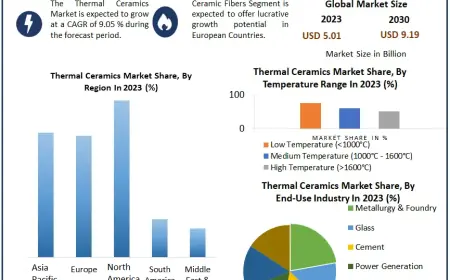Role of Metadata-Driven Data Fabric in Modern Data Governance for Compliance and Security
Ever wondered how metadata can power data security and compliance in real time? Take a deep dive into the future of data fabric architecture.

Companies are dealing with overwhelming amounts of data, and this data must be governed, compliant, and secure, especially when working in the financial, healthcare, and insurance sectors. As the complexity of data environments increases, traditional data governance approaches largely fail to address these challenges adequately and lead to the emergence of what many researchers refer to as Data Governance 2.0. undefined Laying its foundation is the metadata-driven data fabric, which represents a highly transformative approach to data management and governance, compliance, and security.
Expanding on the concept of data fabric architecture and elements, this article focuses specifically on the use of metadata layers to improve governance and compliance for businesses operating in highly regulated environments.
In this blog, we will also discuss the concepts, opportunities, and risks of constructing a metadata-driven data fabric to enhance compliance and security.
The Evolution of Data Governance: From 1.0 to 2.0
Data Governance 1.0: Legacy Governance Models
The conventional view of the data governance process was mainly concerned with data adequacy, control, compliance, and the ability to store data securely in isolated databases. This was primarily a rule-governed and manual approach. The governance policies we had were far from dynamic and flexible to adapt to the evolving needs of the current organizations.
Legacy systems in Data Governance 1.0 face several limitations:
Manual processes: Some of the measures of security are checked manually, and this leads to slow processes and errors because it is done by human beings.
Siloed data: Data resides in multiple systems and silos, which causes issues with governance alignment.
Static policies: Governance rules do not adapt to the emergence of new data scenarios and the constantly evolving compliance requirements.
Why Data Governance 2.0?
The data environment has changed, and it is now imperative for organisations to sort data through hybrid and multi-cloud solutions, and address increasing concerns of compliance and security. This phenomenon is has therefore resulted to what is now known as Data Governance 2. 0, a governance model designed for the modern data ecosystem, characterized by:
Real-time governance: Managing a multilayered set of governance policies for both cloud and on-premises & hybrid solutions.
Data integration: Integration management of distributed data and assets with out leaving their original location.
Proactive compliance: Engaging metadata and AI to enforce compliance in a dynamic manner.
To Know More, Read Full Article @ https://ai-techpark.com/how-metadata-driven-data-fabric-ensures-compliance-and-security/
Related Articles -
Transforming Business Intelligence Through AI
Introduction of Data Lakehouse Architecture
Trending Category - IOT Smart Cloud
What's Your Reaction?
 Like
0
Like
0
 Dislike
0
Dislike
0
 Love
0
Love
0
 Funny
0
Funny
0
 Angry
0
Angry
0
 Sad
0
Sad
0
 Wow
0
Wow
0

















































